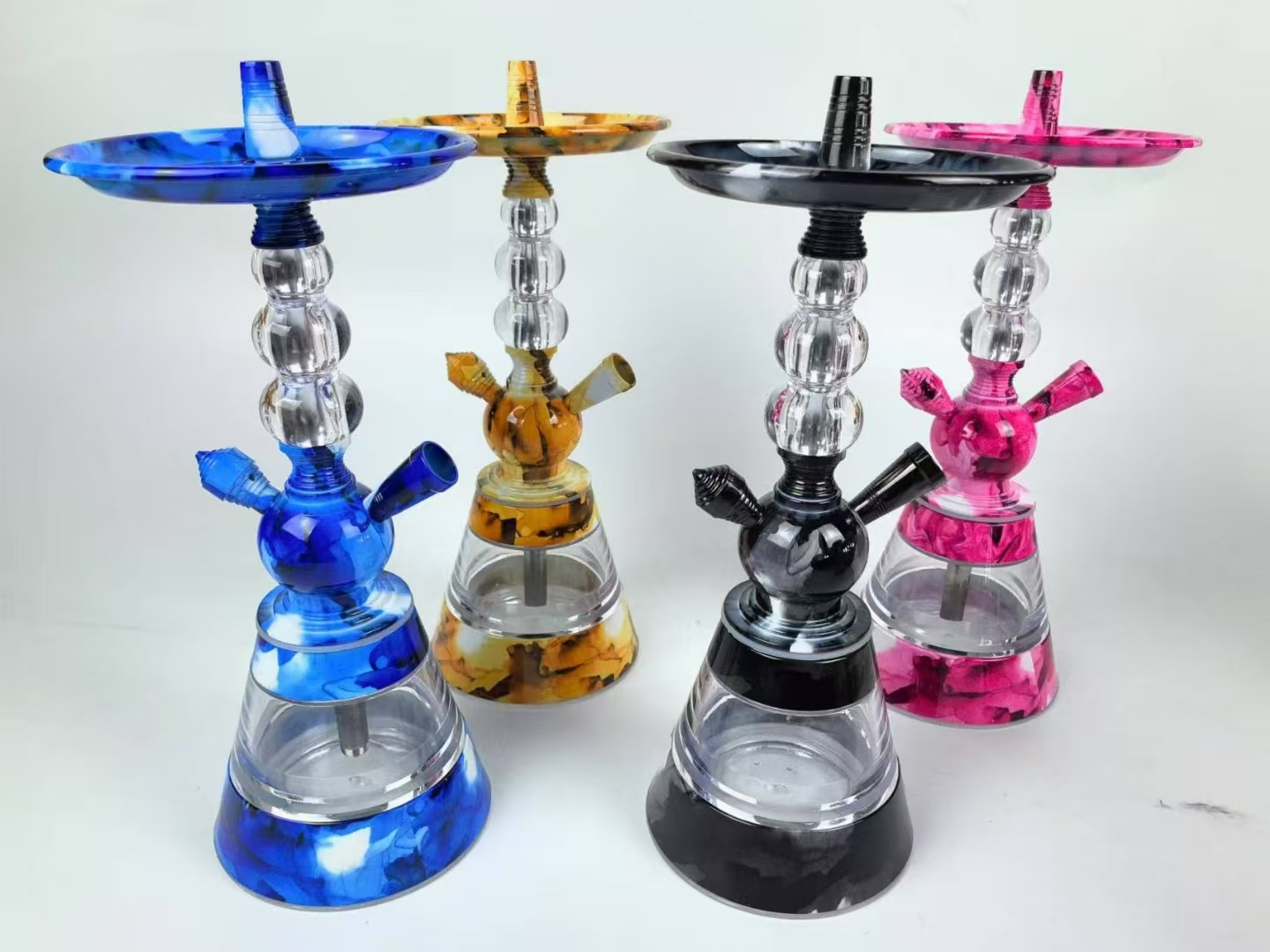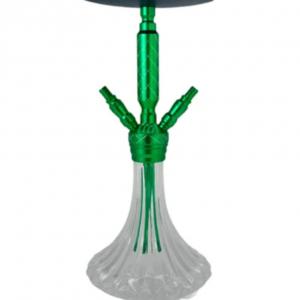Green water pipes, also known as hookahs, are traditional smoking devices that have evolved over centuries. They are designed to filter smoke through water, aiming to cool and purify the inhaled air. Initially developed in India during the Mughal Empire, the design and use of water pipes spread to Persia and the Near East, where they underwent various modifications to become the modern hookahs known today.
Features of Green Water Pipes:
-
Material and Design: Green water pipes are often made from glass, metal, or a combination of both. The glass base allows users to observe the water filtration process, while metal components add durability and aesthetic appeal.
-
Functionality: The primary purpose of a water pipe is to filter and cool the smoke by passing it through water. This process is believed to reduce the harshness of tobacco smoke, making it smoother and more palatable.
-
Cultural Significance: Historically, water pipes have been symbols of social status and sophistication. They were often associated with royalty and the elite, serving as a medium for social gatherings and cultural rituals.
-
ions:
It's important to note that using water pipes carries health risks similar to or even greater than smoking cigarettes. The water does not effectively filter out harmful substances, and users are still exposed to nicotine, tar, and other toxins. Health authorities warn that water pipe smoking can lead to respiratory issues, heart disease, and other serious health problems.
In summary, green water pipes are not only functional smoking devices but also hold cultural and historical significance. However, users should be fully aware of the health risks associated with their use.




